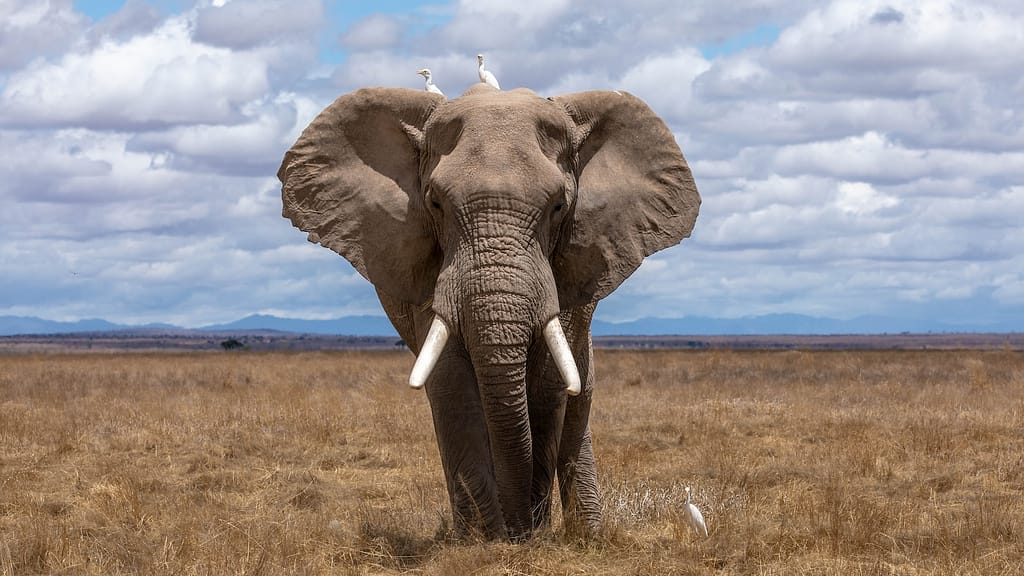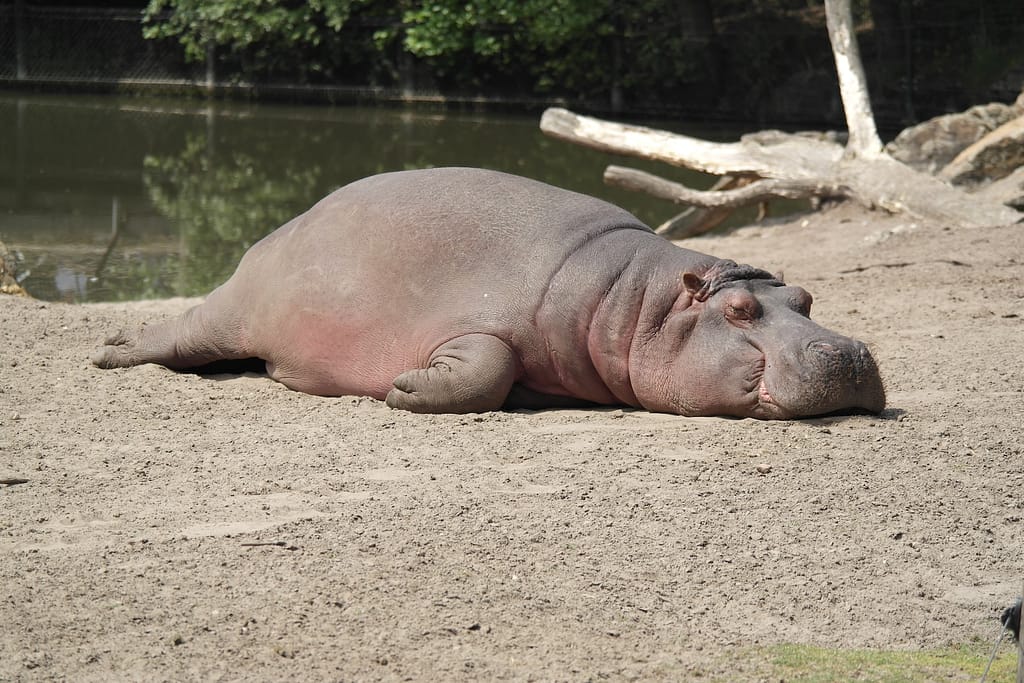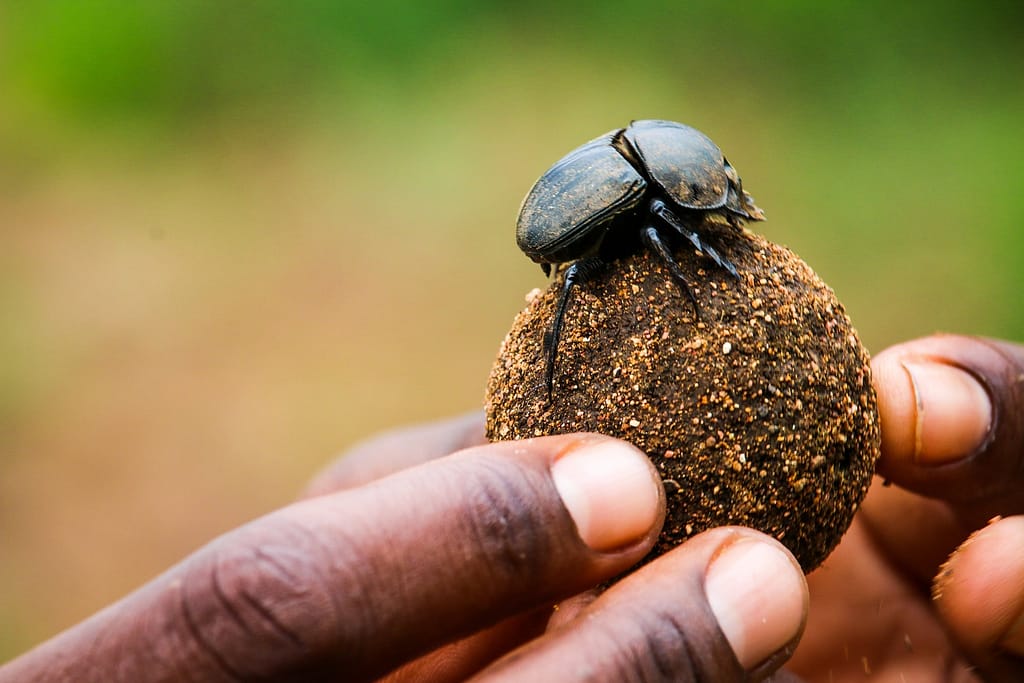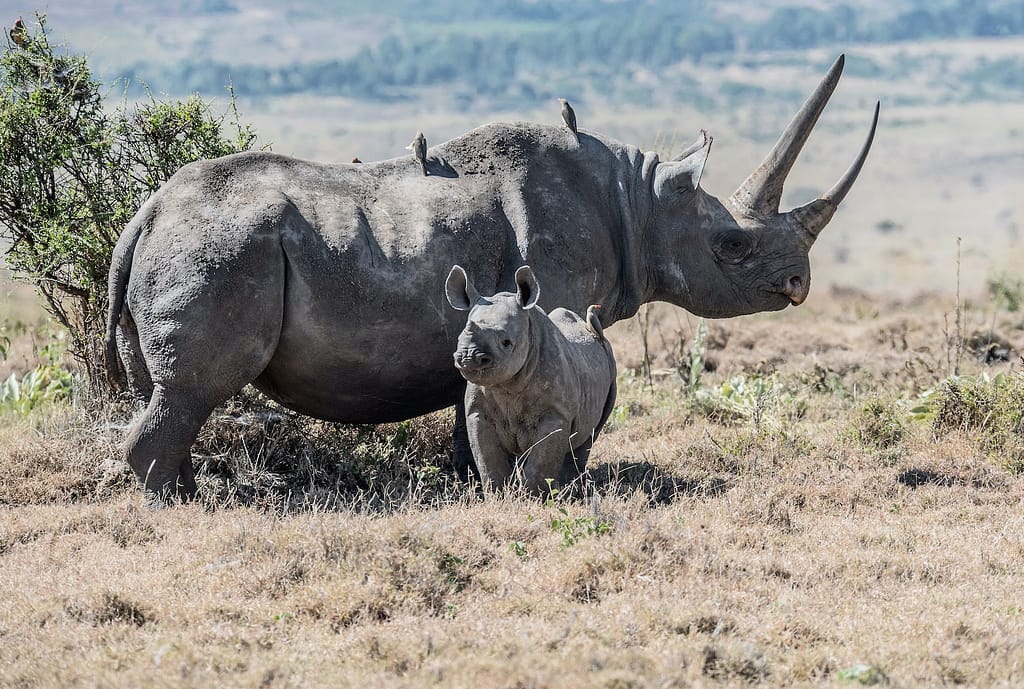Table of Contents
In the intricate tapestry of the natural world, every creature plays a role, no matter how small or seemingly insignificant. Even the less glamorous aspects of animal life, such as excrement, serve important ecological functions. Today, we embark on a journey to explore the curious realm of animal poop and answer a question that might surprise you: which land animal produces the most poop per day?
To find the answer, we’ll delve into the lives and habits of some remarkable creatures from different corners of the globe. From mighty herbivores that shape entire ecosystems to inconspicuous insects that toil beneath our feet, the diversity of poop producers is astounding. Join us as we uncover the champions of poop production and discover the vital role their waste plays in maintaining the delicate balance of nature.
1. The Elephant: Nature’s Bulk Pooper
When it comes to colossal dung production, the elephant reigns supreme. These magnificent creatures, both African and Asian species, are renowned for their massive size and voracious appetites. As herbivores, they consume vast quantities of plant material, leading to equally impressive daily dung outputs.

African Elephants
African elephants, the world’s largest terrestrial animals, are true giants of dung production. On average, an adult African elephant can produce anywhere from 100 to 200 kilograms (roughly 440 lb) of dung per day. Their dung is not only voluminous but also essential for the ecosystems they inhabit.
African elephant dung is rich in plant matter, water, and vital nutrients. It plays a vital role in nutrient cycling, helping to fertilize the soil and promote the growth of vegetation. Additionally, elephant dung serves as a valuable food source for various organisms, from dung beetles to birds, and even some small mammals.
Asian Elephants
Although somewhat smaller than their African cousins, Asian elephants are also prolific dung producers. On average, an adult Asian elephant can produce around 50 to 150 kilograms (110 to 330 pounds) of dung daily. Similar to African elephants, their dung contributes significantly to nutrient cycling in their forest habitats.
One fascinating aspect of Asian elephant dung is its use in traditional papermaking. In some regions, artisans collect and process elephant dung to create eco-friendly paper, offering a sustainable alternative to tree-based paper production.
2. The Hippopotamus: Giant Poopers of the Watering Hole
While elephants might hold the crown for land animals, when it comes to aquatic creatures, the hippopotamus takes center stage. Often found lounging in rivers and lakes across Africa, these massive mammals have an equally significant impact on their ecosystems.

Hippopotamus Poop
Hippopotamuses, or “hippos” for short, are known to produce astonishing quantities of dung. Their dung is unique in that it’s often deposited directly into water bodies, where it contributes to the nutrient load of aquatic ecosystems. An adult hippo can produce up to 25 kilograms (55 pounds) of dung each day.
This dung is a vital source of nutrients for underwater vegetation and the countless organisms that inhabit these waterways. As hippo dung decomposes, it releases essential nutrients like nitrogen and phosphorus into the water, fueling the growth of algae and other aquatic plants.
3. Dung Beetles: Tiny Titans of Poop Management
In the world of small but mighty dung producers, dung beetles deserve special recognition. These industrious insects have evolved to make the most of the available resources, turning animal dung into a critical component of their life cycles.

Dung Beetle Dung Balls
Dung beetles come in various species, but many are particularly skilled at rolling dung into compact balls. Female dung beetles lay their eggs within these dung balls, providing a ready source of food for their developing larvae. The ball is then buried underground, where it not only serves as sustenance but also helps to fertilize the soil.
The size of dung balls and the amount of dung they contain can vary widely depending on the species and the size of the dung source. Some dung beetles roll balls that are several times their body weight, while others work in pairs to roll even larger balls.
4. The White Rhinoceros: Grazing Giants
The white rhinoceros, native to Africa, is another impressive dung producer. These massive herbivores are known for their large size and distinctive square-shaped mouths, which they use to graze on grasses and other vegetation.

Rhino Dung
Adult white rhinoceroses can produce substantial quantities of dung, typically ranging from 30 to 50 kilograms (66 to 110 pounds) per day. Similar to other large herbivores, their dung is a vital part of nutrient cycling in their grassland habitats.
Rhino dung plays a crucial role in fertilizing the soil and promoting plant growth. Additionally, it provides sustenance for a variety of dung-feeding insects and other small creatures that play essential roles in the ecosystem.
5. The Cape Buffalo: Herd-Forming Herbivores
Cape buffalos, also known as African buffalo, are formidable herbivores often found in large herds across the African savannah. These social animals have a significant impact on their environment, and their dung production reflects their gregarious lifestyle.

Buffalo Dung
A single adult Cape buffalo can produce approximately 40 to 50 kilograms (88 to 110 pounds) of dung in a day. Given their tendency to gather in sizable herds, the cumulative dung output of a buffalo herd is truly remarkable.
Buffalo dung, like that of other herbivores, contributes to nutrient cycling in their grassland habitats. It enriches the soil with organic matter and essential nutrients, supporting the growth of the lush grasses that these animals depend on for sustenance.
Conclusion: The Unsung Heroes of Ecosystems
From the colossal dung heaps of elephants and hippos to the industrious work of dung beetles and the grazing giants of the savannah, land animals across the world play a crucial role in shaping their ecosystems through their dung production. While it might not be the most glamorous aspect of their lives, the excrement of these creatures is undeniably essential for nutrient cycling, seed dispersal, and sustaining the intricate web of life.
As we celebrate these unsung heroes of ecosystems, it’s essential to recognize the delicate balance that exists in nature. The dung produced by these animals isn’t just waste; it’s a valuable resource that contributes to the health and vitality of their habitats. By understanding and appreciating the ecological importance of dung, we gain a deeper appreciation for the interconnectedness of all life on Earth and the need to protect these incredible creatures and the environments they call home.
References
“Elephant Dung as a Resource in Papermaking.” Source
“Hippopotamus Dung: An Important Driver of Nutrient Dynamics in Aquatic Ecosystems.” Source
“Dung Beetles: Nature’s Waste Managers.” Source
“White Rhinoceros (Ceratotherium simum) Ecology: Understanding Dung Deposition Patterns.” Source
“Foraging Ecology and Nutrient Cycling by Herd-Forming African Ungulates: Buffaloes and Elephants.” Source
